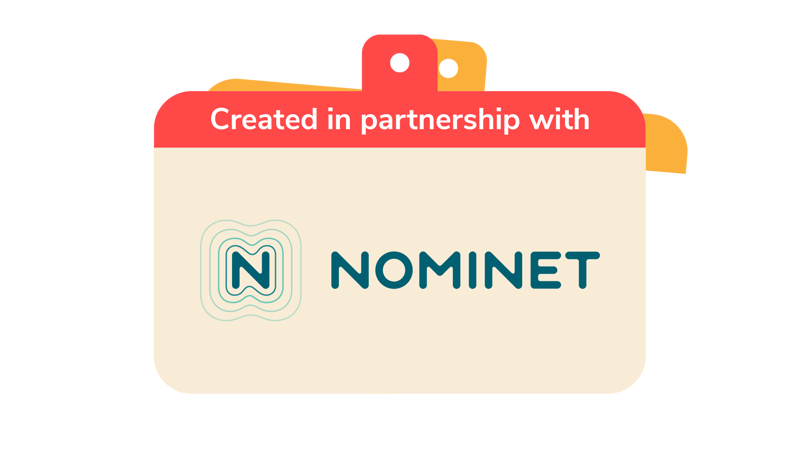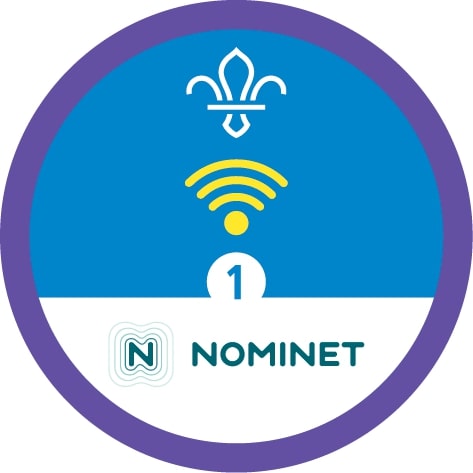
On the spot
You’ll need
- Sticky dots
Before you begin
- You’ll need a sheet of stickers for each person. Each sheet needs to be different – you could use plain ones and write initials on them if this is easier (a ballpoint pen works best).
- This game happens alongside another activity, so you’ll need to plan that too. Something where people can work together and interact works best – why not try putting a small piece of furniture together or making a craft?
Play spot on
- The person leading the activity should explain the activity, and everyone should get stuck in.
- As they complete the activity, everyone should keep track of the conversations and interactions they have by giving a sticker to each person they talk to or interact with.
- Everyone should keep working towards the activity and giving out stickers for each interaction. This means that if two people are talking, they should swap stickers. If a third person joins the conversation, all three people should swap stickers. If people move away and then join together to interact again, they should give each other another sticker.
- At the end of the activity, everyone should look at their stickers – most people will probably be covered in lots of different stickers. People should count how many interactions they had during the activity.
- The person leading the game should explain that in the online world, our interactions leave signs which add up to become a ‘digital footprint’.
- To finish, discuss what information you leave behind as a result of these interactions, and whether that is okay or not.
Reflection
This activity was all about communication. How many interactions did people have? How many different people did they interact with? Was anyone surprised at either of the numbers? Some people may have interacted with almost everyone, while others may have interacted with just one or two other people.
This activity also gave everyone the chance to think about their wellbeing and keeping themselves safe. In real life, interactions don’t usually leave a physical sign, but online, every interaction leaves a trail. It doesn’t matter whether people leave a comment or like, play a game, download something, or send something. Does this change how people use the internet? It means people should think carefully before they do things, share things, or interact (especially with people they may not know). The internet can be really helpful – it gives us access to people, experts, and services from all over the world – but it’s important to know how to use it responsibly.
Safety
All activities must be safely managed. You must complete a thorough risk assessment and take appropriate steps to reduce risk. Use the safety checklist to help you plan and risk assess your activity. Always get approval for the activity, and have suitable supervision and an InTouch process.
You could add extra meaning to the stickers – one colour could represent conversations, another could represent playing a game or helping with something practical, and a third could represent physical interactions.
Interactions aren’t just about talking – signing, touching, and observing can all count too. Check in to see whether everyone’s OK with stickers – people may want to collect them on a piece of card or scrap paper (rather than their clothes), or people could hand out tokens or counters instead.
All Scout activities should be inclusive and accessible.
Instead of stickers, you could give people some wool or string. Every time they interact, they unroll a bit of string and get the person they’re interacting with to hold onto it. It very quickly becomes a tangle of string and hands, which represents the web of interactions people make.
Young people could choose what they do while they’re handing out stickers. They could even take it in turns to lead activities.
